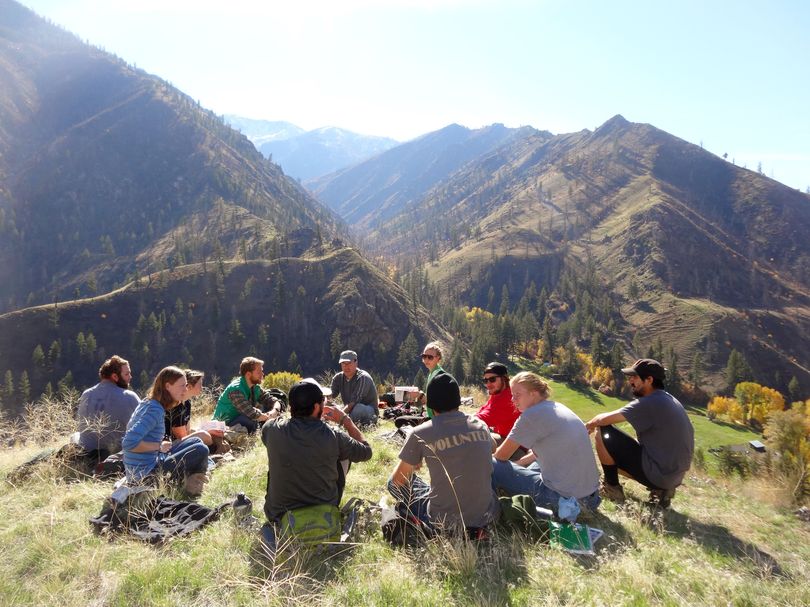Gold mine is knocking on The Frank’s door

Updated 1-6-15 with more details from the Associated Press.
PUBLIC LANDS -- Debate continues over another collision of two actions of Congress -- the 1972 Mining Act and the 1964 Wilderness Act.
There could be a way to keep gold mine out of Idaho wilderness
The 1964 Wilderness Act contains a compromise provision that protects existing mining claims, and now one of those mining claims, the Golden Hand gold mine near the center of the Frank Church River of No Return Wilderness in Idaho is on the cusp of being developed. However, there is a precedent that could be followed to stop the mine: President Clinton's successful plan to stop Noranda's New World Gold Mine just outside Yellowstone National Park. A column by Rocky Barker.
--Idaho Statesman
Here's more from the Associated Press:
Company seeks to mine gold in central Idaho wilderness
By KEITH RIDLER/Associated Press
BOISE, Idaho — The U.S. Forest Service is taking public comments on its approval of a gold mining company’s plan to reopen a 4-mile road in a central Idaho wilderness and drill core samples to find out if two of its claims are profitable enough to be mined.
Public comments are being taken through Feb. 23 on American Independence Mines and Minerals Co.’s plan in the Frank Church River Of No Return Wilderness. Federal authorities require claim holders to prove claims are profitable before mining starts.
The 45-page Draft Record of Decision filed Friday and first reported by the Idaho Statesman notes that the company already has three claims validated as profitable in the Payette National Forest.
The plan authorizes the company to make 571 motorized trips into the wilderness area to build 11 drill pads. Vehicles would include four-wheel-drive pickups, a dump truck, a flatbed truck, a bulldozer and a small excavator.
The Forest Service said mining is allowed in the wilderness as the result of negotiations leading up to the wilderness designation. Before mining is allowed, however, the company has to prove the mines can be profitable in a process called validation.
“They have to validate these claims before they can extract minerals from them,” said Brian Harris, Payette National Forest spokesman. “If the two claims prove to be valid, then the next step is for the owner to submit a complete plan.”
Mining began in the area in 1889, and the company wants to shore up one of the mines to see if it still can produce gold.
John Robison of the Idaho Conservation League, however, said he’s concerned the company is seeking deposits in new areas, a move he said violates what is allowed in the wilderness. “It appears to be more of a treasure hunt looking for new mineral deposits rather than confirming old ones,” he said.
Robison also said the organization is concerned that the mining company plans to use methods and equipment that go beyond the minimum required under wilderness rules.
Another concern, he said, is that the mine is near Big Creek, which feeds into the Middle Fork of the Salmon River, home to salmon, steelhead and bull trout. “We’re going to carefully review the document and then make sure Idaho’s wilderness values and clean water are protected,” Robison said.
